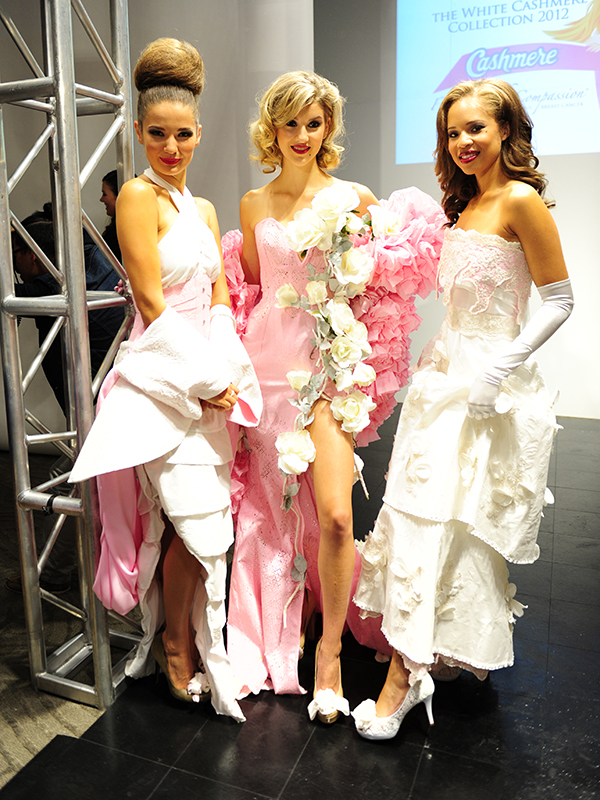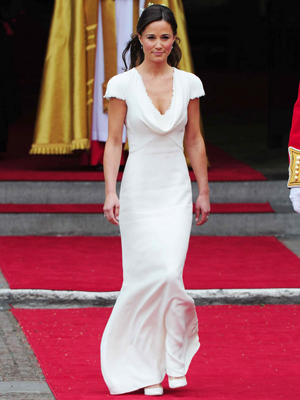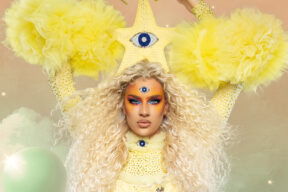Part of an ongoing series of 29Secrets stories, taking a deep dive into the history of legendary beauty products and iconic fashion moments…
By Christopher Turner
Illustration by Michael Hak
One of the most pivotal moments in the history of women’s fashion was Coco Chanel’s introduction of the original little black dress in 1926, almost 100 years ago. The influential fashion designer singlehandedly revolutionized women’s fashion by taking the focus away from the intricate and elaborate designs of the time and instead placing the emphasis on the cut and fit of the garment. Chanel’s little black dress would go on to become a fashion staple, so well-known and referenced that it is often simply referred to by the acronym “LBD.”
“Before me, no one would have dared to dress in black…a black so deep, so noble that once seen, it stays in the memory forever,” Chanel famously declared.
Of course, the colour black had been used for formal and semi-formal dresses for decades before Chanel’s influential 1926 design. The dress was also not her first black dress, nor was she the first designer to create a simple black dress; however, it was Chanel who decided that its appearance shouldn’t be restricted to funerals and to women of questionable reputation. Backing Chanel’s design, Vogue published the designer’s sketch of the dress, predicting that the dress would become fashion’s Model T.
Here is the story of Coco Chanel’s little black dress and how it ultimately changed the way women dress. Because, as Christian Dior said in a homage to Chanel years later, “With a black pullover and 10 rows of pearls, she revolutionized fashion.”
Beginnings
It’s important to note that the story of Gabrielle “Coco” Chanel’s life is filled with an endless number of discrepancies, a reflection of both her own inconsistencies in interviews and the inconsistent recording of them. While there are countless rumours and stories that surround the designer and her incredibly controversial life, biographers have come to agree on many of the main points.
Gabrielle Bonheur Chanel was born on August 19, 1883, in Saumur, Maine-et-Loire, France. Though today we know “Chanel” as an iconic luxury name, she was born into an impoverished family and her early years were anything but glamorous. At age 12, after the premature death of her mother, Eugénie Jeanne Devolle Chanel (known as Jeanne), Gabrielle and her two sisters were placed in the Sisters of the Sacred Heart orphanage in Aubazine by their father, Henri-Albert Chanel, while their two brothers were sent to work as farm labourers with a local family. Gabrielle was raised by nuns who taught her how to sew – a skill that would lead to her life’s work.
At the age of 18, Gabrielle left Aubazine and began working as a sales assistant in the Maison Grampayre shop in Moulins, while simultaneously working as a singer performing in cafés and clubs in Moulins and later in Vichy. It was during this time that she acquired the nickname “Coco.” There are varying accounts of its origins: according to some biographers, she got her legendary nickname from one of her signature songs, “Qui qu’a vu Coco?” while she herself later claimed that it was a “shortened version of cocotte, the French word for ‘kept woman,’” which she was for a number of years.
Two men were instrumental in Mademoiselle Chanel’s first fashion venture. In her early 20s, she became involved with Étienne de Balsan, the son of textile entrepreneurs, and he helped her start a millinery business in Paris. She later left him for English aristocrat Captain Arthur Edward ‘Boy’ Capel, whom she called her true love and who also partially funded her early career. In later years, Mademoiselle Chanel reminisced of this time in her life: “Two gentlemen were outbidding for my hot little body.”
In 1910, she opened a boutique selling hats at 21 rue Cambon, Paris, named Chanel Modes. Later, when she began designing clothes she opened her Paris salon at 31 rue Cambon (which still serves as Channel’s headquarters today), eventually adding stores in Deauville and Biarritz as her career began to bloom. By the beginning of the 1920s, the designer had become a phenomenon and the ultimate influencer in French fashion circles.
Before the days of Chanel
Long before Chanel became synonymous with the little black dress, black garments played a prominent role throughout civilization. Perhaps most significantly, black dresses could be found in Victorian wardrobes as a symbol of mourning. Queen Victoria herself wore only mourning black every day for 40 years, from the death of her husband, Prince Albert, in 1861 until her own death in 1901. (Contemporary sources go back and forth on acceptable lengths of time for wearing mourning black during the Victorian era, but most agree that black was traditionally worn by women for a year.) Black dresses were also typically worn by the working class during the 19th century. Maids, housekeepers and cleaning women frequently had black dresses as uniforms because the dark colour would hide dirt and other unsightly stains.
While there was nothing “little” about the black dresses worn during this era, it is safe to say that historically the black dress was associated around the world with mourning, poverty and other generally negative connotations. Those negative connotations carried on for decades.
“If you think of how many people were grieving after the First World War, and then there was the influenza epidemic that killed enormous numbers,” says Justine Picardie, author of Coco Chanel: The Legend And The Life (2010). “So black was associated at that point with the colour of mourning, of bereavement. People wore black to funerals and also in the aftermath.”
Of course, this would all change by the mid-1920s, when the colour would become a badge of liberation and modernization, redefining the way women dressed.
The illustration that changed the world
Chanel later talked about that time in 1920 with her friend and confidant, Paul Morand, saying, “At about that time, I remember contemplating the auditorium at the Opera from the back of a box.… Those reds, those greens, those electric blues made me feel ill. These colours are impossible.” So, she thought, “‘These women, I’m bloody well going to dress them in black….’ I imposed black; it’s still going strong today, for black wipes out everything else around.”
The original little black dress wasn’t formally introduced and identified as the shape of the future until the mid-1920s, but during the early 1900s a number of designers were already using the colour black in fashion-forward women’s ready-to-wear designs. Chanel herself had designed, and sold, a number of black dresses since first opening her boutique in Paris. In fact, Parisian socialite and actress Suzanne Orlandi is thought to be the first woman to wear a black Chanel dress, a long black velvet dress with a stark white collar that she wore to be photographed in 1912.
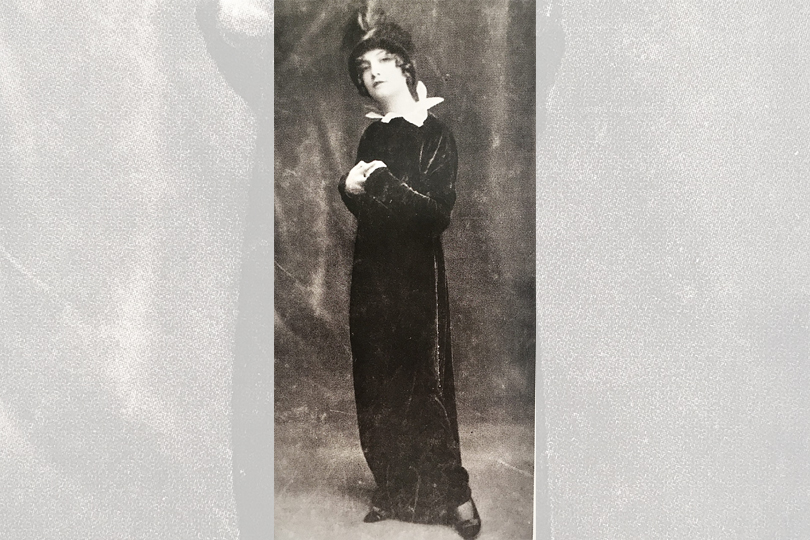
Fourteen years later, in 1926, Chanel’s little black dress made its debut in the October 1926 issue of American Voguewith a pen and ink drawing by the designer. The magazine proudly announced: “Here is a Ford signed Chanel,” comparing the short, simple black dress to the simply designed, economically priced black Ford Model T automobile. During the same period, Henry Ford was mass producing the Model T in “any colour…so long as it’s black,” which led the writers at Vogue to name the black dress Chanel’s “Ford,” insinuating that it was a simple yet luxurious item that was accessible to the masses.
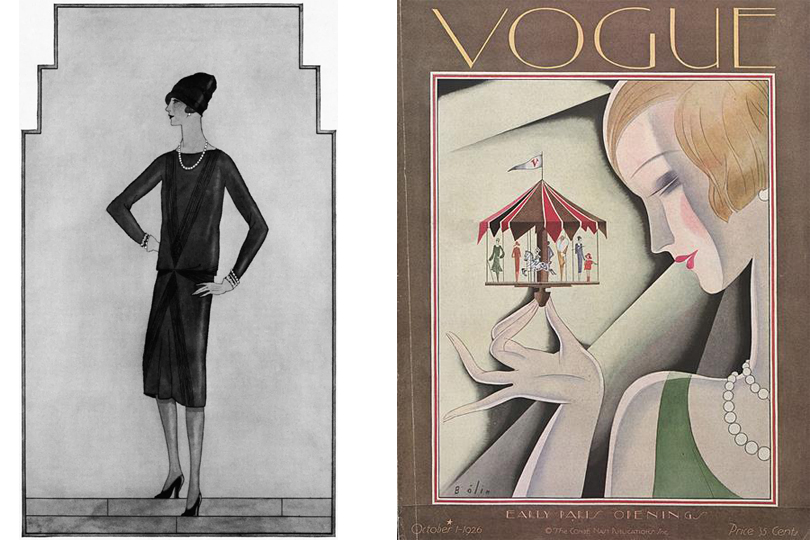
The full text accompanying the illustration realized the importance of the dress, telling readers: “Would one hesitate to buy an automobile because it could not be distinguished from another which of the same brand? On the contrary, for the similarity constituted a guarantee of quality. Here is the Ford signed ‘Chanel’.”
The calf-length dress itself was a simple yet elegant sheath with only a few diagonal lines, made in black crepe de Chine. It had long narrow sleeves and a demure silhouette, and was accompanied by a string of white pearls and a simple cloche hat – a look that was accessible for women of all social classes. Vogue also said the dress would become “a sort of uniform for all women of taste,” and the magazine proved correct in that prediction. Within a few short years, the look would become a uniform for women across North America, as widely recognized as the Ford automobile.
The little black dress was versatile and could be dressed up or down depending on the occasion. It was for everyone and allowed all women to feel confident and stylish without being flashy or overly showy. This, as well as other designs by the house of Chanel, helped disassociate black from mourning and reinvent it as the colour of something chic.
Chanel also shifted fashion’s emphasis from the male gaze to female freedom. “She changed that relationship between the garment and the body,” says Danielle Whitfield, senior curator of fashion and textiles at the National Gallery of Victoria (Australia), “dressing the female form in a different way, liberating femininity.”
The American market was the most enthusiastic about the little black dress and how accessible it seemed to be, following the introduction of “the Ford dress” in Vogue. The way the American market received the new design is described by Janet Wallach, author of Chanel: Her Style and Her Life (1998): “Despite its simplicity, however, it took a daring woman to design it and, oddly enough, an American audience to accept it. For all of Chanel’s characteristics, her clothes had a decidedly American appeal.”
Global shift
Chanel had originally created the little black dress as a day dress in wool jersey. But, immediately sensing its potential, she created a long-sleeved sheath in crepe de Chine (the Ford dress featured in Vogue), a sleeveless one in cotton voile, and one in satin with a two-tiered shirt. Regardless of the fabric, all of Chanel’s early little black dresses featured no ornamentation and hit the middle of the calf.
There is no doubt that Vogue did dictate fashion trends at the time, even more so than it does today, but there are a number of other historical reasons why Chanel’s little black dress became a global sensation at the time, and in the years since has come to represent a shift in societal attitudes towards fashion.
The Roaring Twenties were a time when many people were happily rejecting social norms, and Chanel’s statement-making styles (the little black dress, women wearing pants, etc.) were as groundbreaking and revolutionary as they were fashion-forward. The little black dress epitomized the liberal spirit of the time, and it was widely recognized that Chanel had flipped the script, dismissing class-driven notions that black clothes were for funerals or the uniform of house servants. When the economic expansion of the Roaring Twenties came to an end and the Great Depression began in August 1929, the little black dress maintained its popularity, as women (even wealthy women) were seeking a look that was elegant but also affordable.
French fashion designer Paul Poiret followed Chanel’s lead and introduced a little black dress into his collection, as did French fashion designer Jean Patou, the British designer Edward Molyneux and, eventually, every other designer who wanted to stay in business. Of course, Poiret, Patou and Molyneux may have helped popularize the style throughout the late 1920s and the 1930s, but Chanel was seen as leading the way.
When the world was thrown into the Second World War in 1939, the style continued to dominate women’s fashion as an increasing number of women entered the civilian workforce, albeit with the length of their little black dresses shortened, in part due to widespread rationing of textiles. The American fashion industry quickly responded to the new rationing system that was introduced by emphasizing well-tailored silhouettes like the little black dress. Luxurious fabrics like silk were incredibly rare and were luxury items that were not accessible (or appropriate) for women to wear every day. New designs made the most of every inch of material allotted to civilian use, and since simple black fabrics were plentiful, the little black dress allowed women to look chic without looking too flashy or taking resources away from the war effort.
When World War Two ended in 1945, black dresses maintained their hold on designers and customers across the globe. The rise of Dior’s “New Look” in the post-war era and the sexual conservatism of the 1950s returned the little black dress to its roots as a uniform of fashionable women everywhere.
The film industry also had a huge impact on early fashion trends. The popularity of colour movies began to skyrocket around the mid-1950s, when more than half of Hollywood films were being shot in colour and the decade’s top 10 highest grossing films boasted “Color by Technicolor.” Directors relied on actresses wearing black dresses so that the colour of their clothing wouldn’t become distorted on screen. Also, Hollywood’s onscreen “Femme Fatales” were frequently dressed in little black dresses to symbolize their mysterious allure.
Speaking of Hollywood: While Coco Chanel is credited with making the little black dress a wardrobe staple, another black dress would capture our attention in the early 1960s, with the introduction of Audrey Hepburn’s character Holly Golightly in Blake Edwards’ 1961 romantic comedy Breakfast at Tiffany’s. Hepburn wore the iconic black Givenchy dress in the film and helped make the style popular in the ’60s and ’70s.
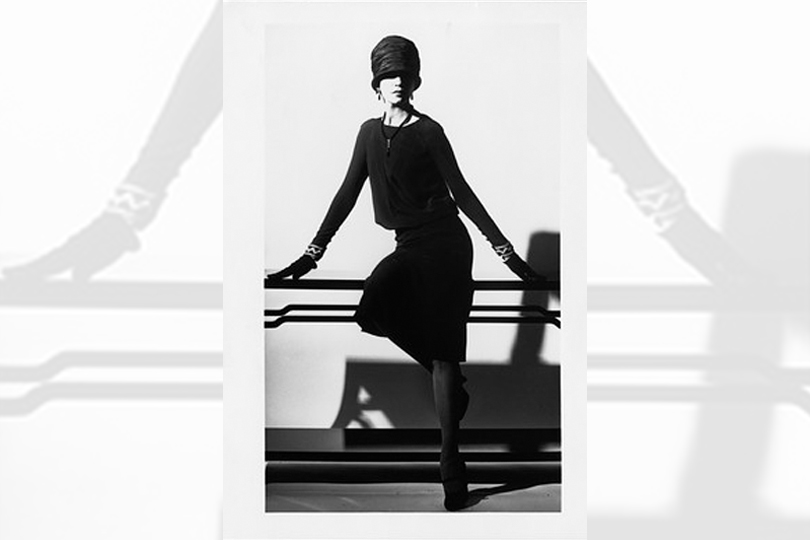
Never-ending influence
Coco Chanel never made clothes for men, but she was greatly inspired by the ease of their dress and was always vocal in her admiration of the go-anywhere convivence of menswear, which no doubt partially inspired the idea behind the easy-to-dress-up-or-down little black dress. The designer understood the future of fashion, and her accessible little black dress was ultimately a true game changer in women’s fashion, a little design that continues to inspire designers and fashion enthusiasts today. It even still inspires the French fashion house that lived on after her death in 1971. The house of Chanel itself regularly references the original little black dress, always reminding us that it was their bold founder who created the original LBD.
After the ready-to-wear dress was introduced to the world via an illustration in American Vogue, it took on a life of its own and taught women at every level of consumption around the world the importance of a practical, yet fashionable, black dress.
“The little black dress became a minimalist canvas for day, cocktail and evening accessories, including hats, gloves, pocketbooks and, above all else, costume jewellery. As the silhouette of the little black dress evolved to accommodate the fashionable shape of each consecutive decade, it became more of a social institution than a design,” according to the Metropolitan Museum of Art (the Met) in New York City.
That “social institution” is still held up as an icon of design: easy, flattering and flexible, Chanel’s little black dress continues to fulfil American Vogue’s 1926 promise of being “the frock that all the world will wear.” While fashion trends continue to dramatically change from decade to decade, the little black dress remains a staple item that has somehow always been above fleeting, popular trends. In fact, the little black dress is more than a dress: it is a concept that will surely live on for centuries to come.
![]()
Want more? You can read other stories from our The Story Of series right here.



